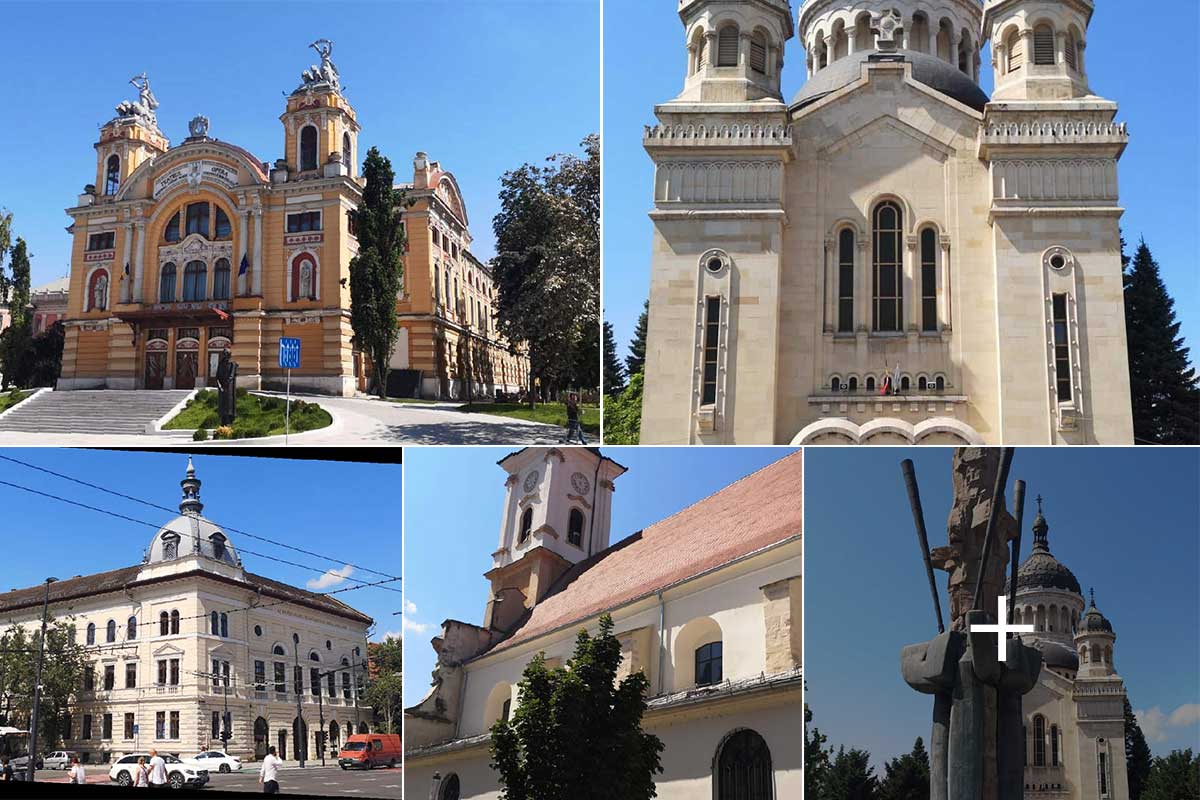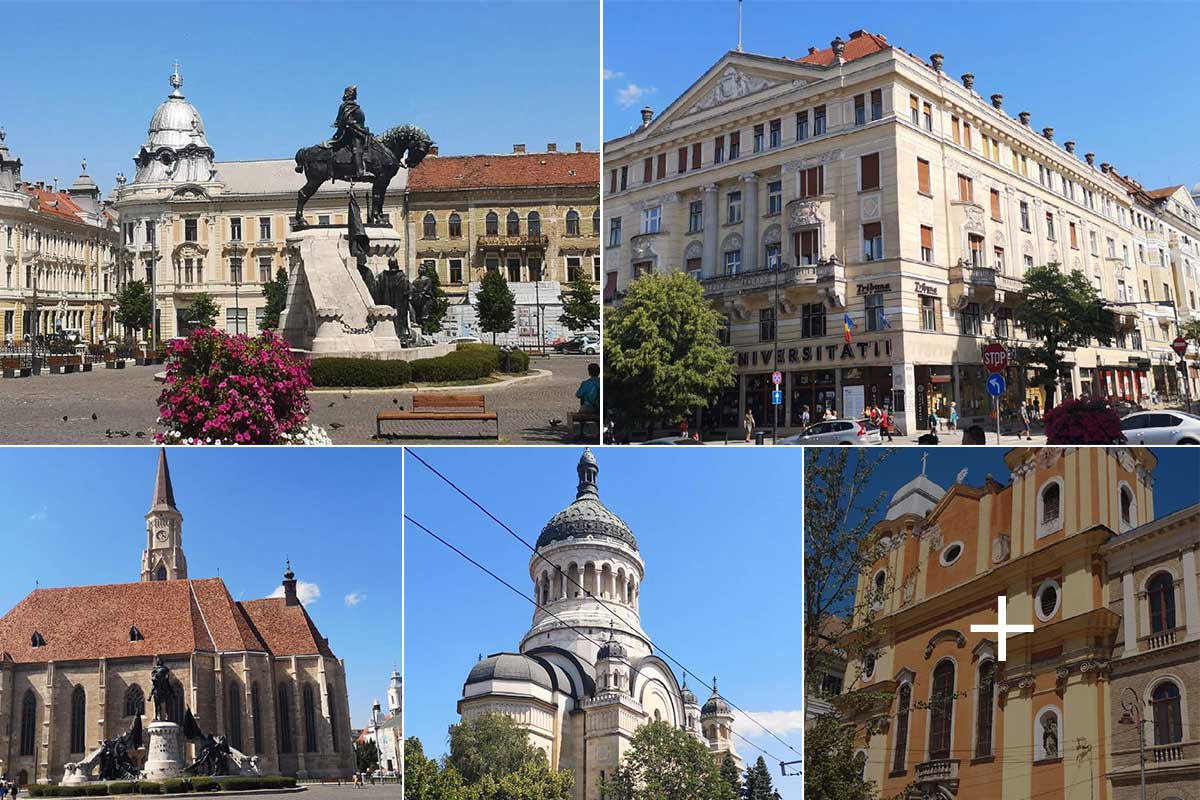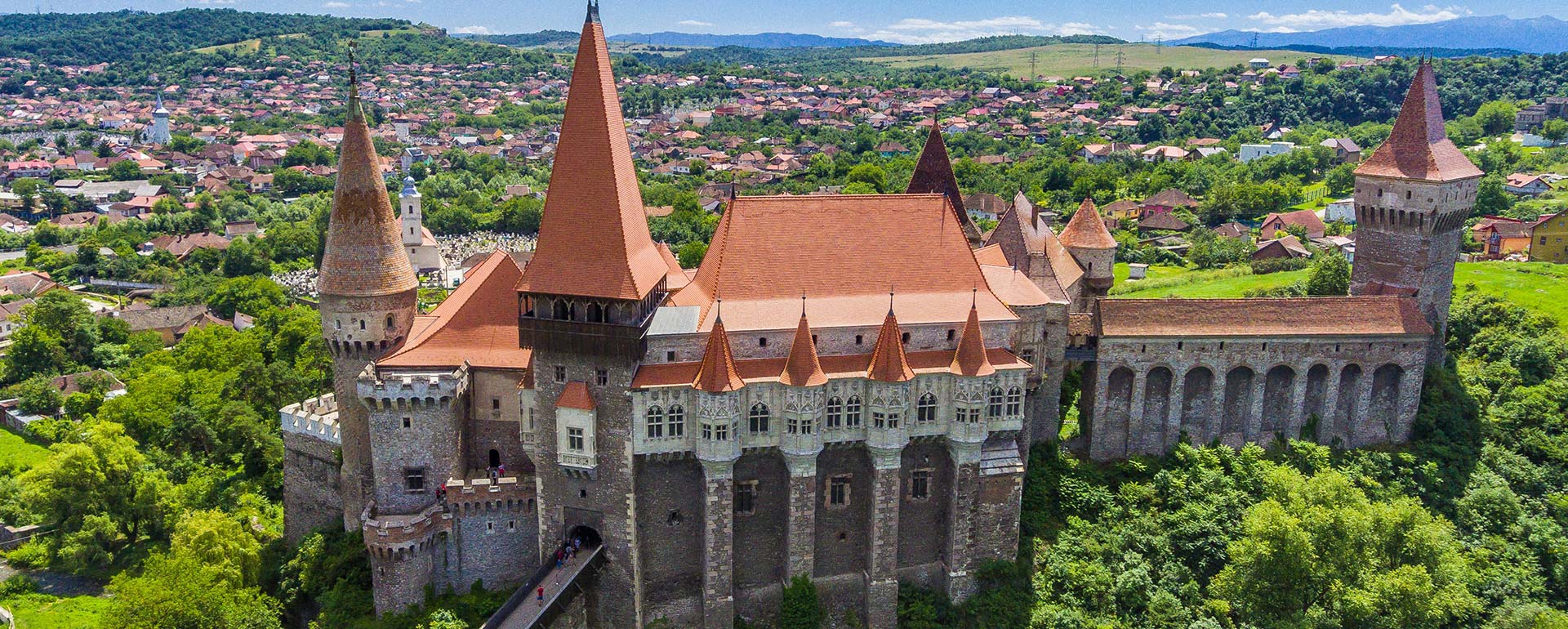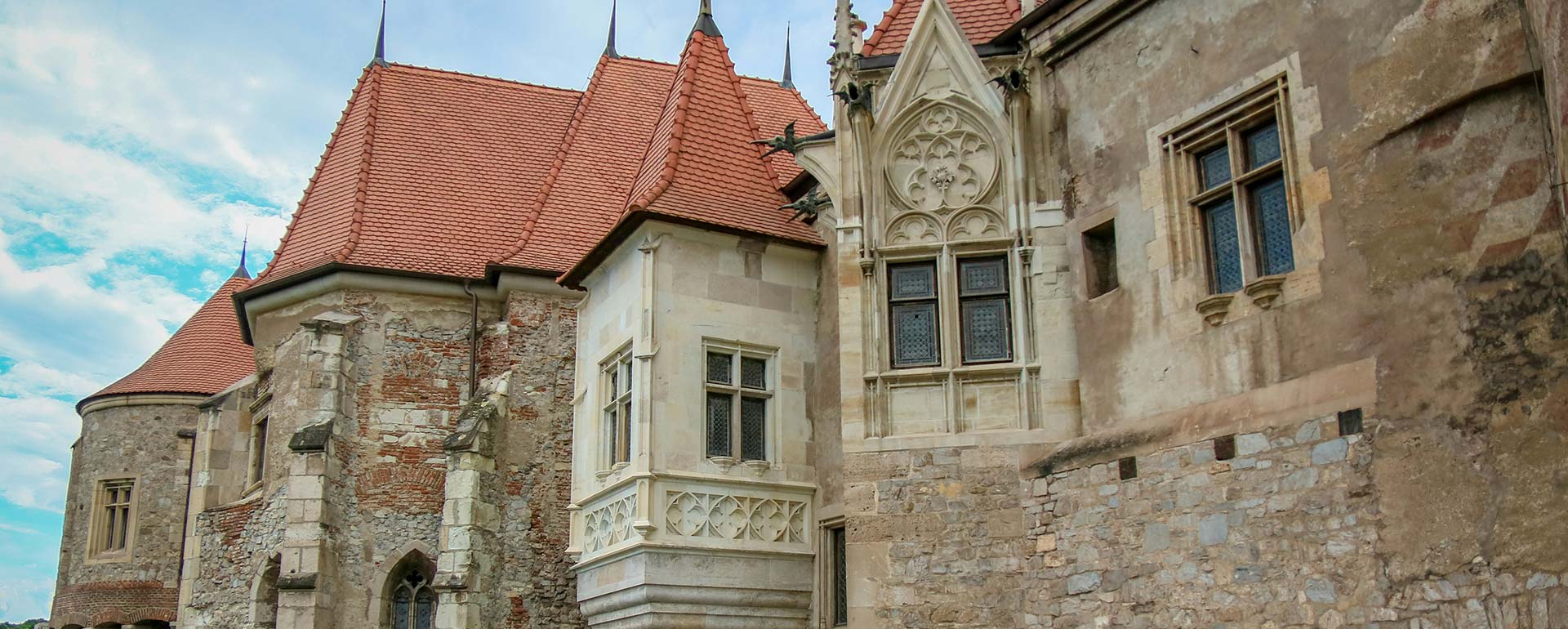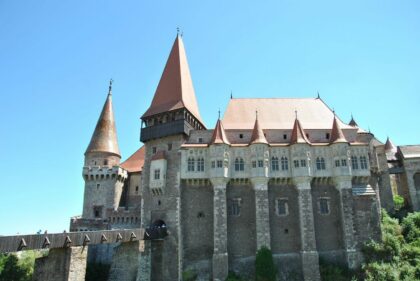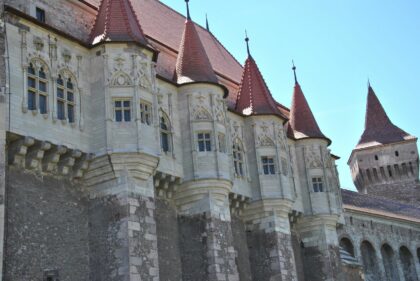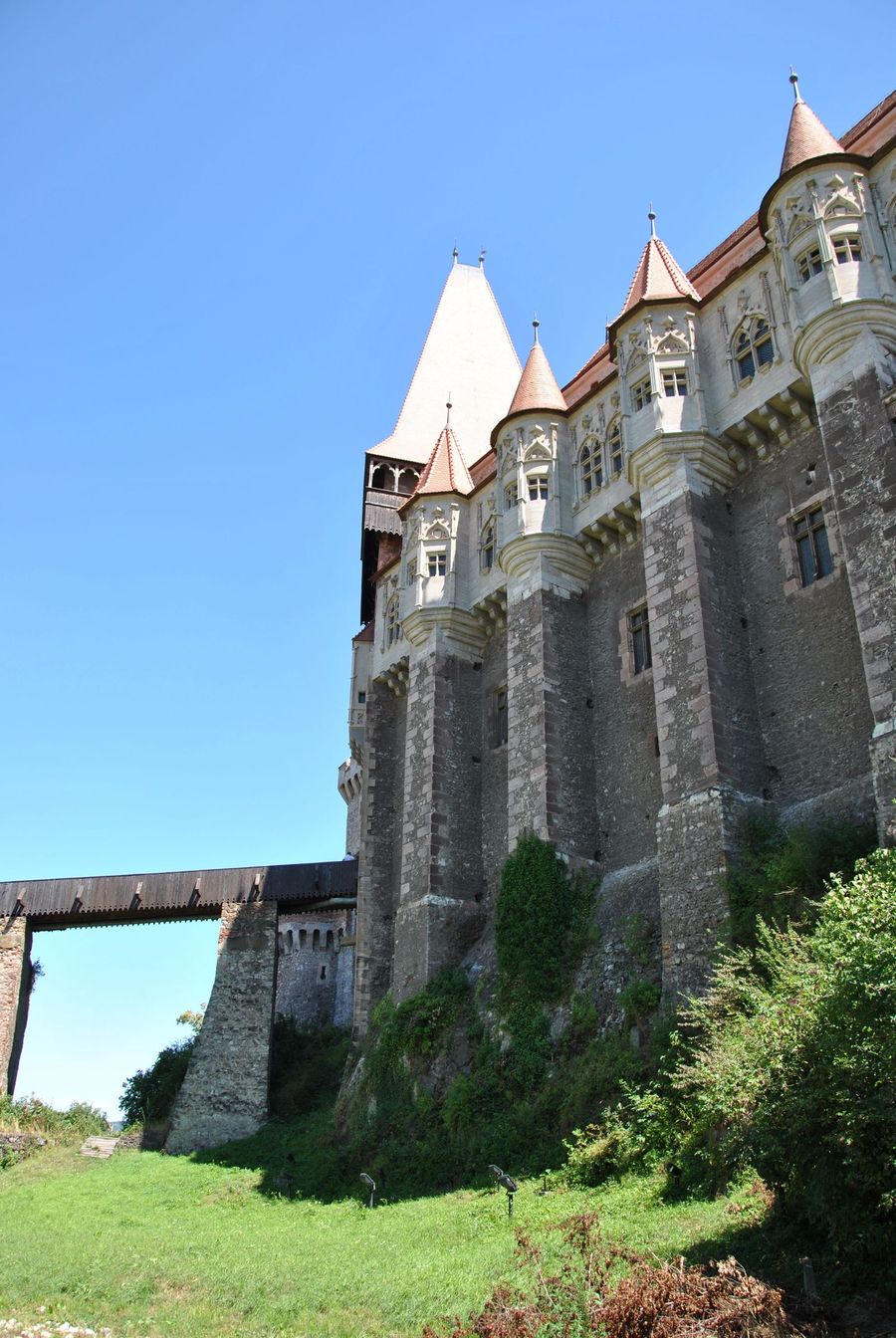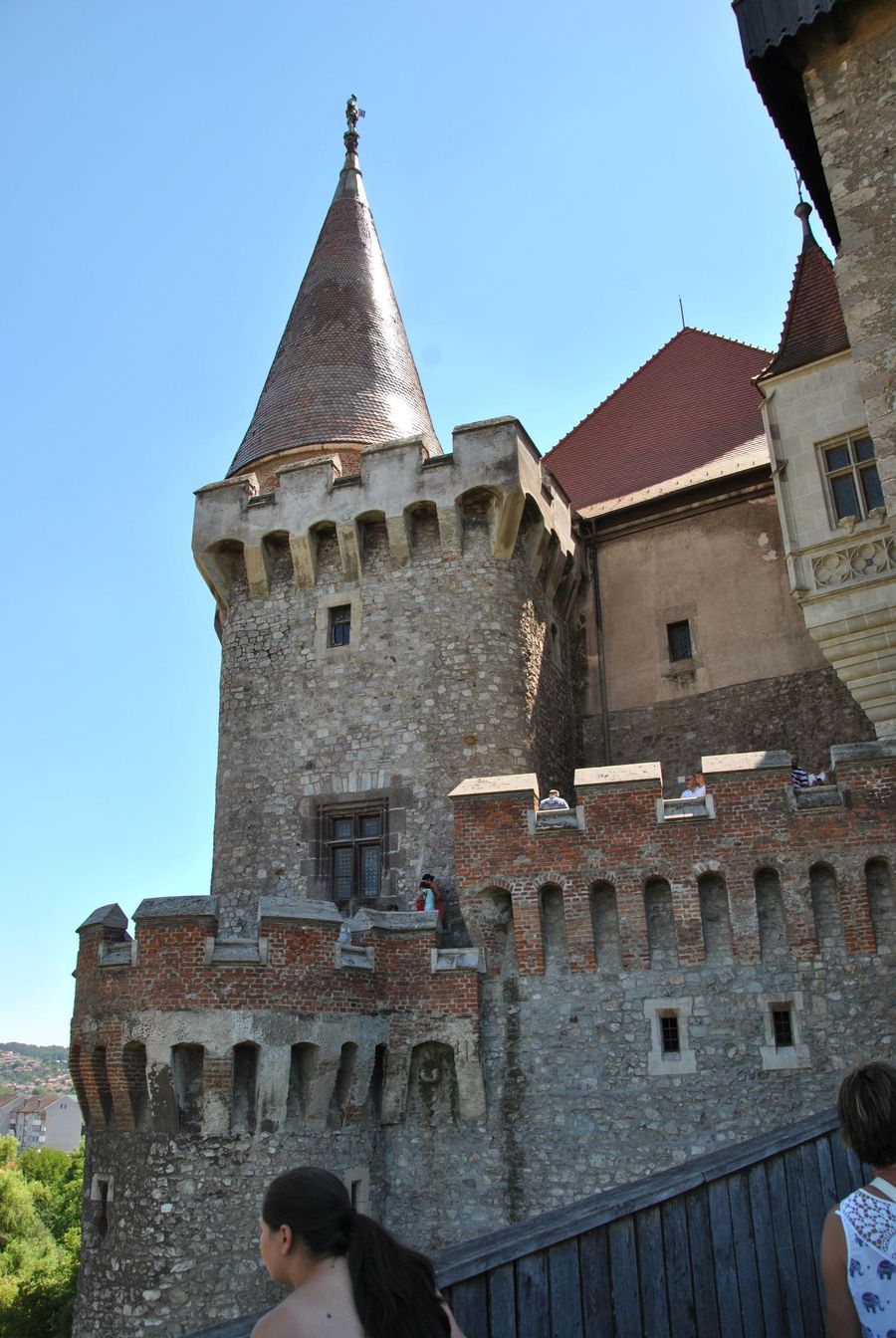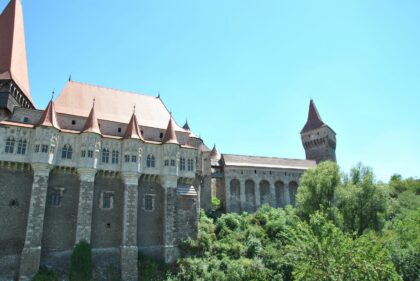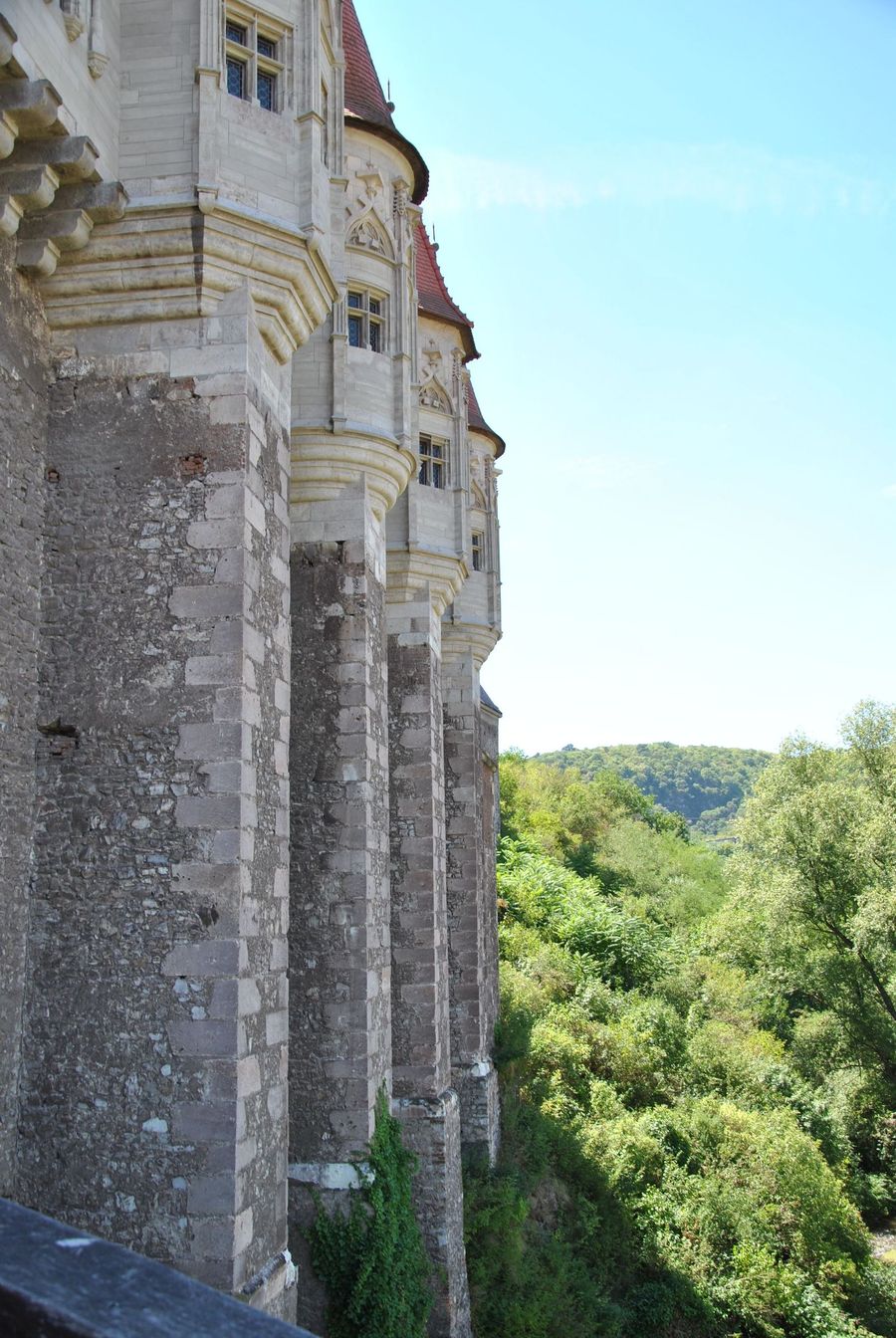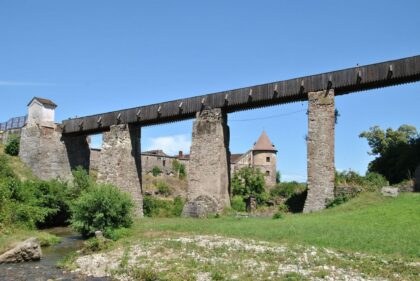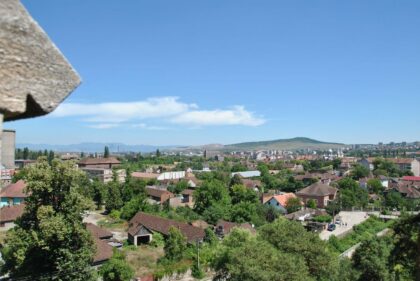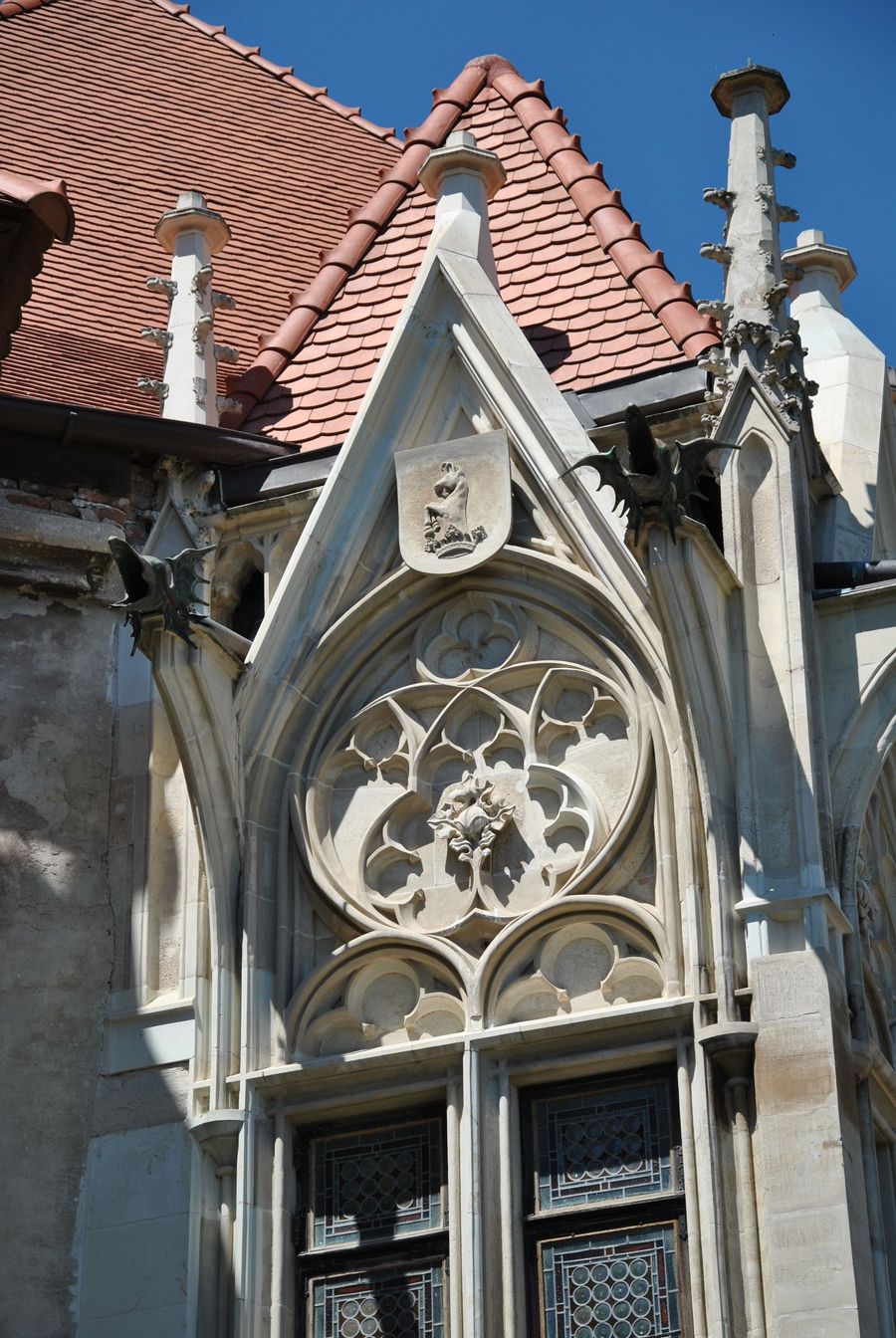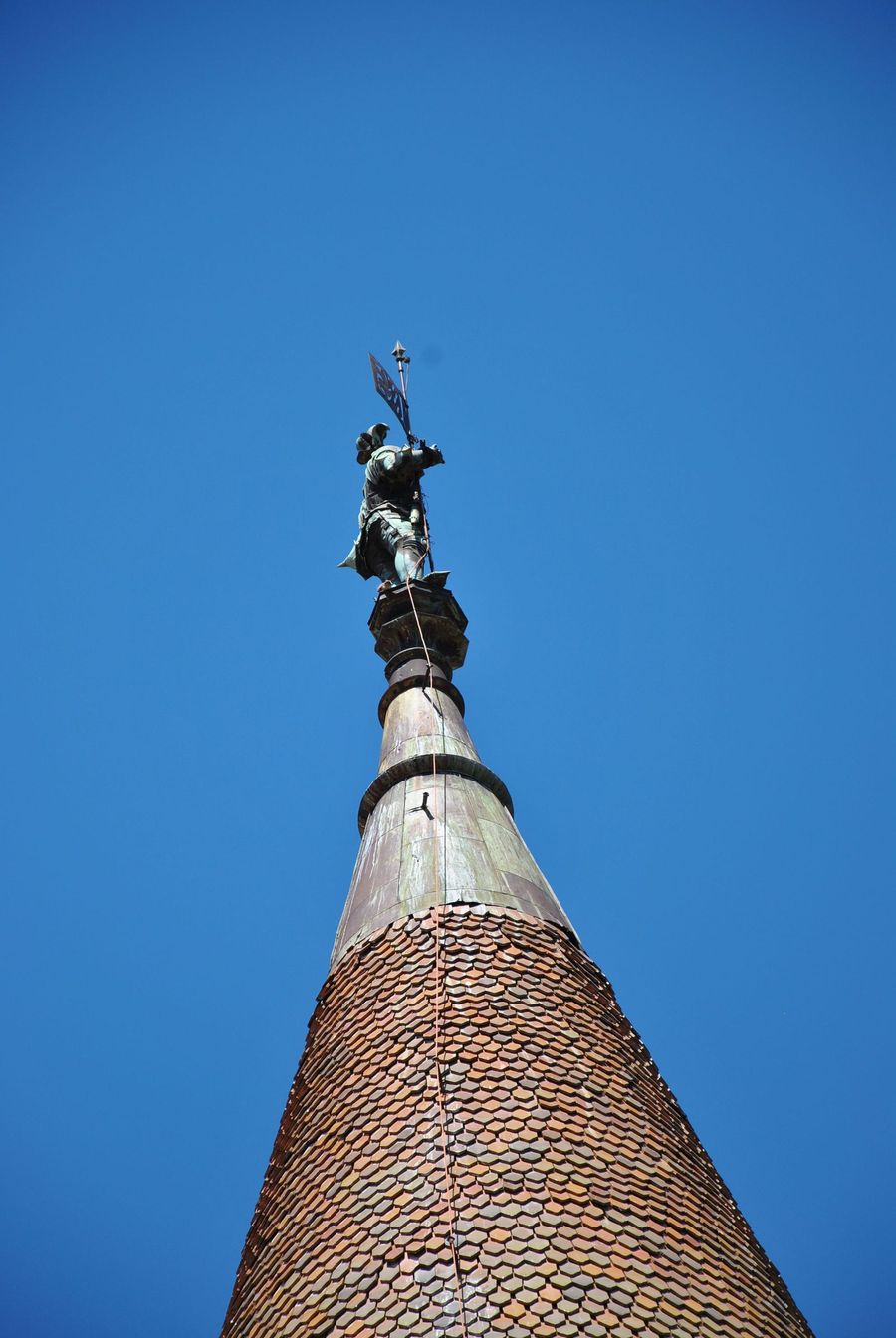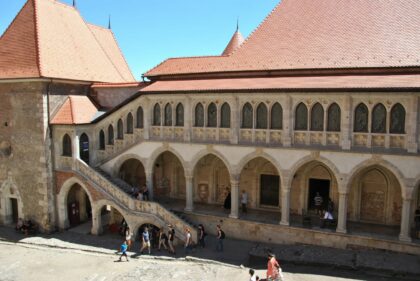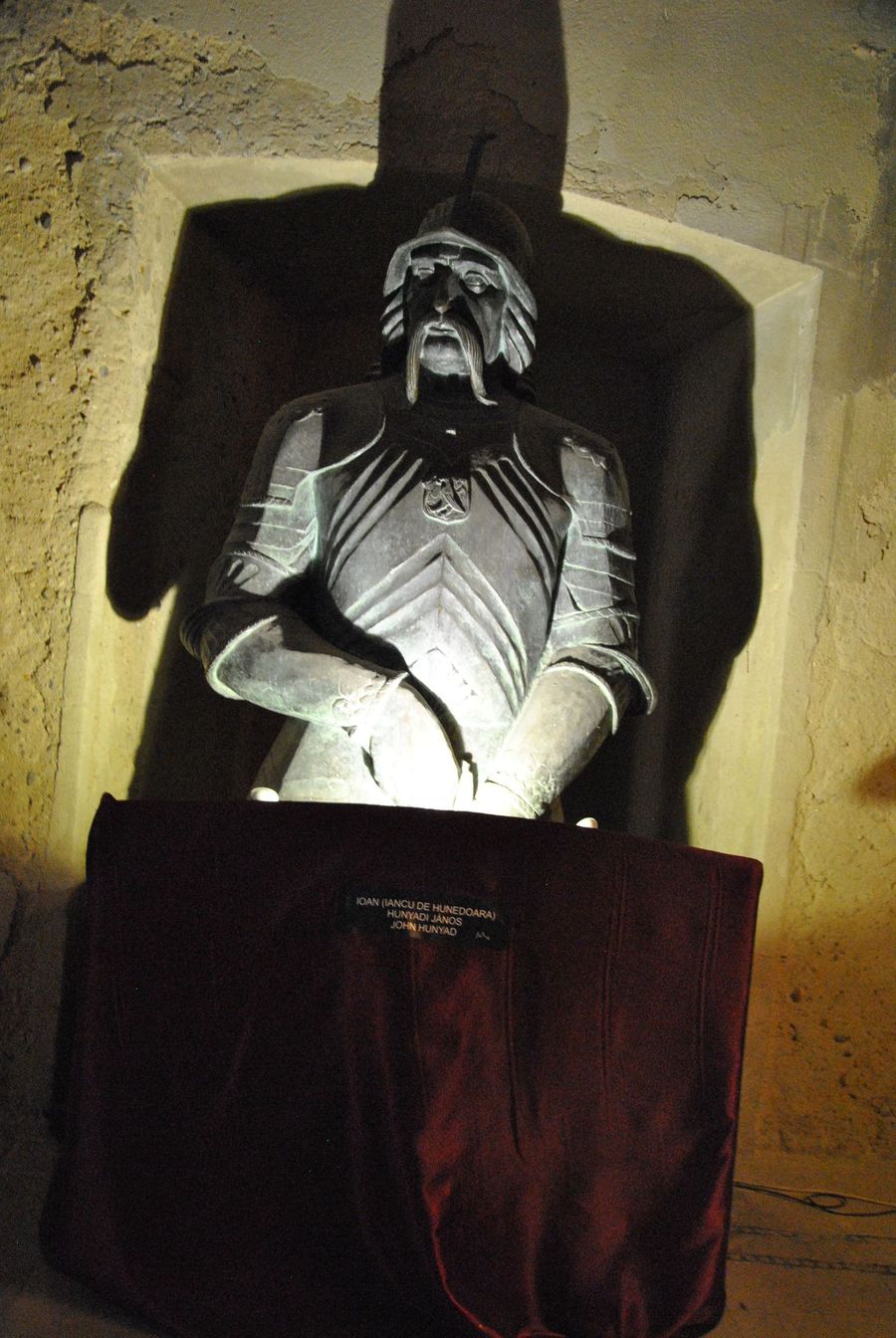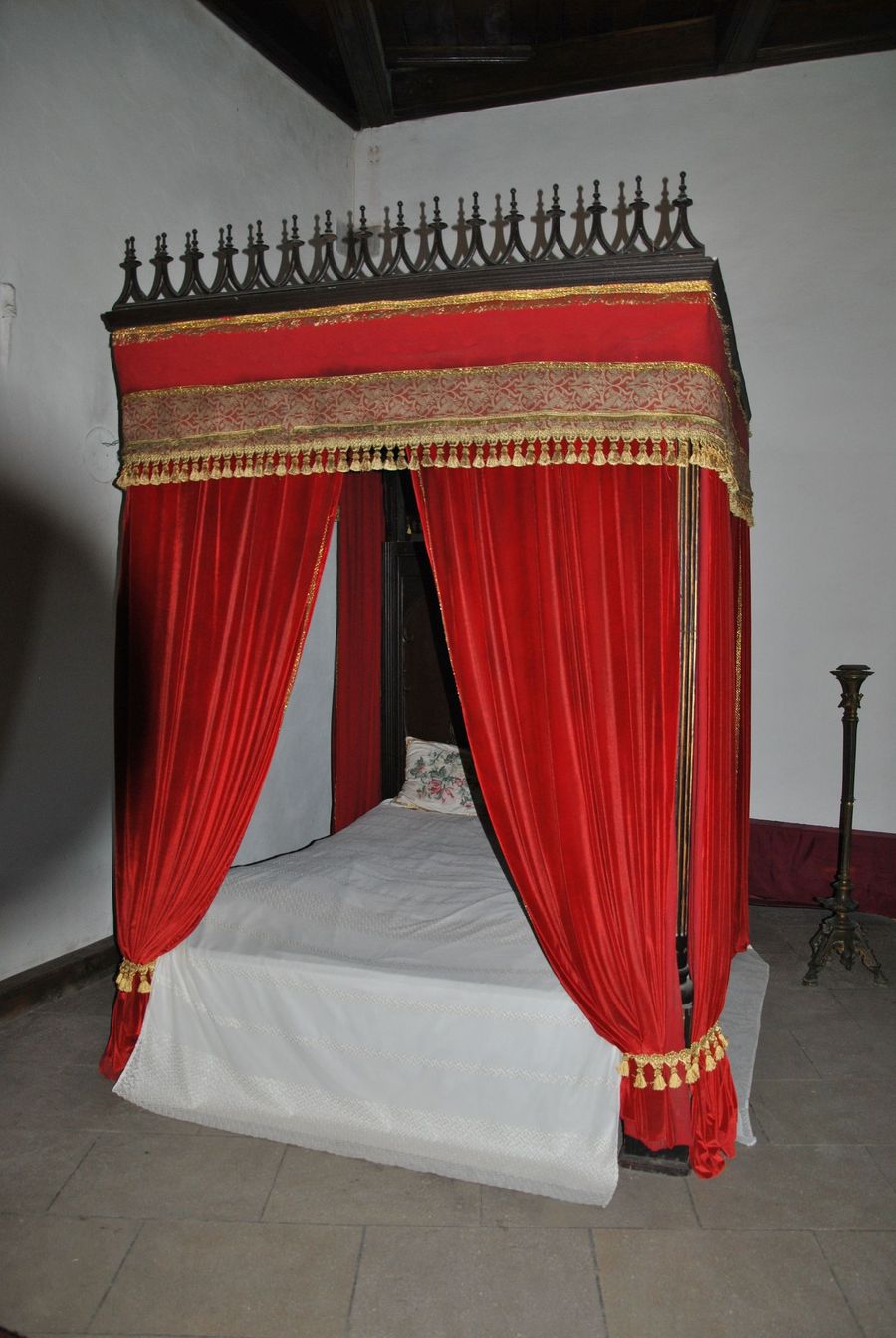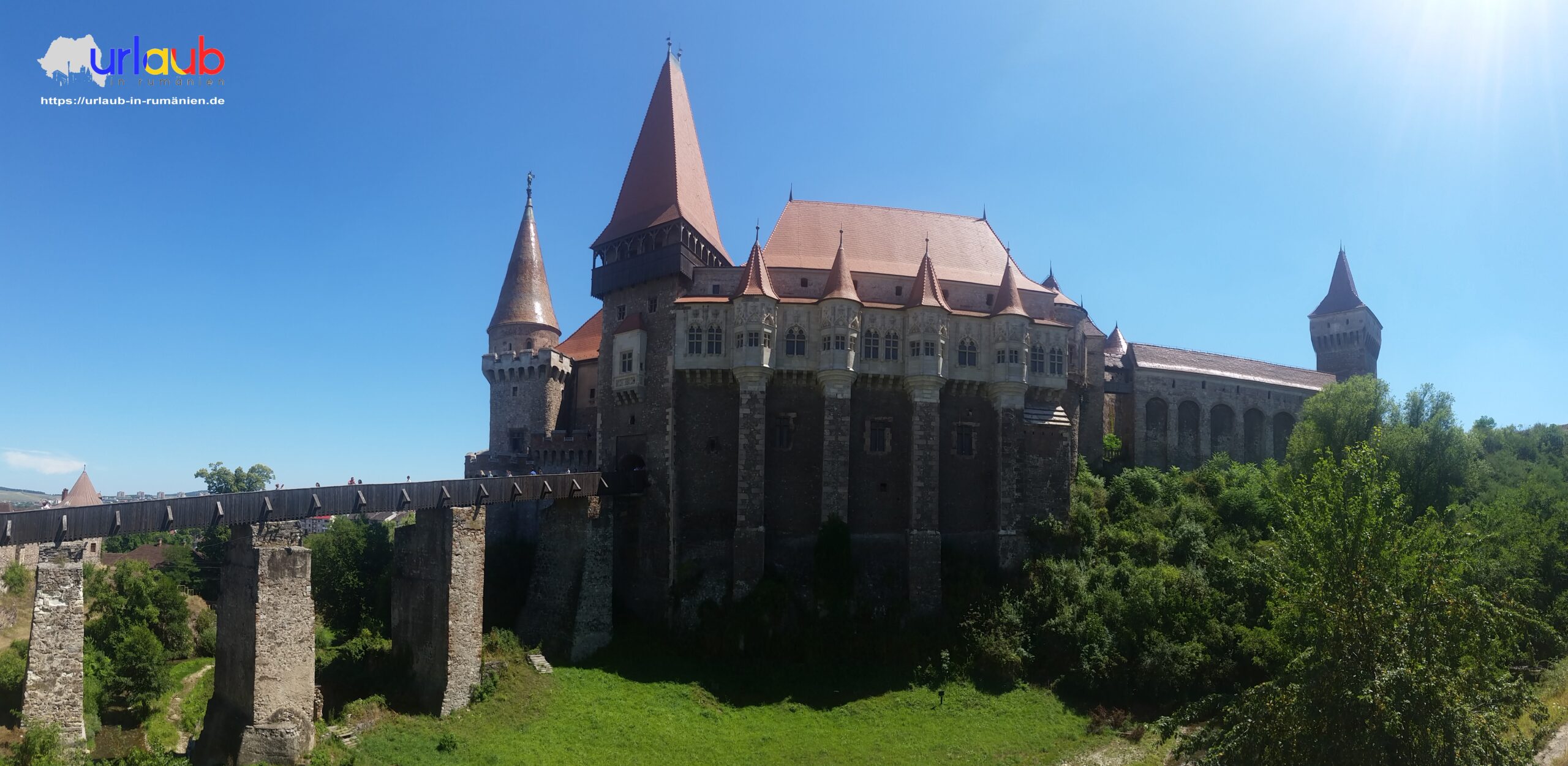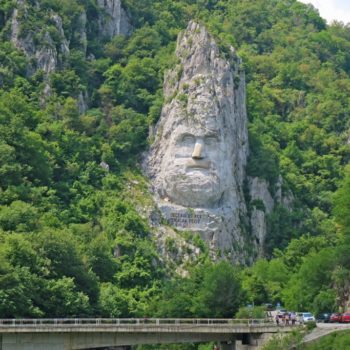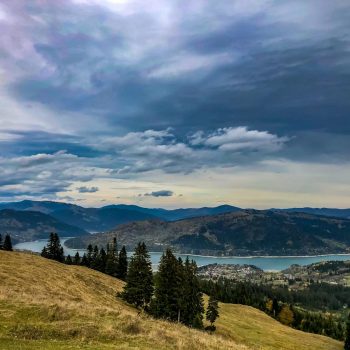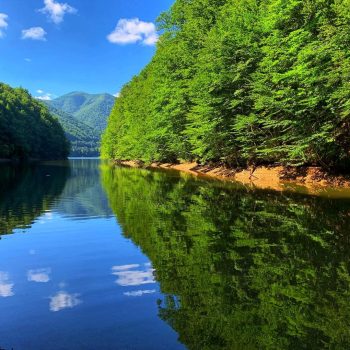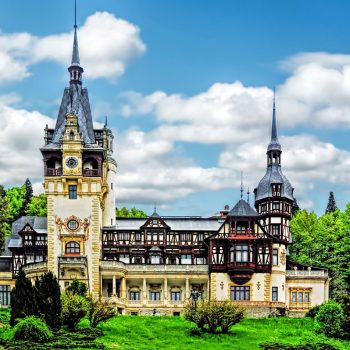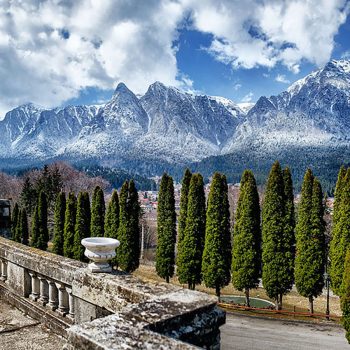Brief description: Hunedoara Castle represents a history of over six centuries, and is currently one of the most visited tourist attractions in Romania. Tourists who arrive here remain deeply impressed by the beauty and story of this castle, so thousands of people visit it every year.
County: Hunedoara
Video: Castelul Corvin
Images: red_frog
More details – History Architecture Present
The architecture of the Corvinir castle is special and the surroundings make you cross the threshold into another dimension. You cannot miss this dream location, where you will leave with joy in your heart and peace of mind. Corvinilor Castle is the largest medieval construction with dual functionality, civil and military, in Romania and is currently in the top 10 fairytale destinations in Europe.
Corvinilor Castle was built in the 15th century by Ioan de Hunedoara, on a rock at the base of which the Zlaști stream flows. This fortress was one of the largest and most famous properties of Ioan de Hunedoara, he being one of the most important people in the history of the Romanian people.
He was called the “athlete of Christ” by Pope Calixtus III, for the way the voivode’s armies defended the Christian world from the Ottoman invasions. After he dies on August 11, 1456, the building remains in the care of his wife Elisabeta Szilagyi, who stops the works on the castle, for a period of several years, and then resumes them after his son Matia climbs the the throne of Hungary, at the young age of 15, in 1458. With the help of craftsmen from Italy, the expansion of the castle continued, in a Renaissance style. According to historians, the Castle of the Corvins, throughout its existence, was destroyed by three big fires. The most devastating occurred on 13 April 1854 and destroyed the castle’s shingle roof and the rest of the wooden structure, the door frames, the windows, the support beams of the wooden ceilings and the stairs. In the autumn of 1784, the castle became a place of refuge for the noble families from Șara Hațegului and from the valleys of Streiului and Mureşului, endangered by the rebellions led by Horea, Cloșca and Crișan.
At the main entrance to Corvinir Castle, to the right of the bridge over the Zlasti river, there is an imposing statue of Saint John of Nepomuk, who is the protector of bridges, of those who keep a secret and of sailors. Saint John of Nepomuk, declared a saint in 1721, was a priest and martyr, born under the name Johannes Welflin, in Pomuk, a town in Bohemia. He was tortured, killed and thrown into the Vltava River from the Charles Bridge in Prague, on the orders of King Wenzel because he did not want to divulge the secret of the confession and the sins confessed by his wife.
Architecture
Corvinilor Castle is an imposing construction, equipped with towers, bastions and a keep. The roofs are high and covered with polychrome tiles. Between 1907 and 1918, the architect Ștefan Moller led the restoration works of the monument. He had researched the monument in detail and established the fact that between the 13th and 14th centuries, many years before Ioan de Hunedoara decided to transform the Hunedoara castle into a castle, it consisted only of an elliptical stone wall and a tower donjon, which was used as the castellan’s home. Starting with 1458, the expansion of the castle began, in a Renaissance style, under the command of the wife of voivode Ioan de Hunedoara, Elisabeta. Several rooms are painted and the Matia Wing is renovated, and the coats of arms of the Corvins are placed in a place of honor. Some of the most significant parts of the construction are the Gallery, the keep, and the Capistrano Tower. In addition to these, we can also mention the Caveler Hall, the Mace Tower, the White Bastion and the Diet Hall, where there are medallions painted on the walls, including the portraits of rulers Matia Basarab from Wallachia and Vasile Lupu from Moldova. In the castle courtyard, next to the chapel built from the time of John of Hunedoara, there is also a 30-meter deep well, which is said to have been dug by 3 Turkish prisoners, who were promised freedom if they the water. But after 15 years, when they would have finished the well, the owners did not keep their promise.
Present
Currently, the Corvinor Castle is visited by tourists from both the country and abroad, as it has been restored and turned into a museum. From here souvenir lovers can purchase various things to remind them of this wonderful place.
Our UiR database: search results for „Corvin”













